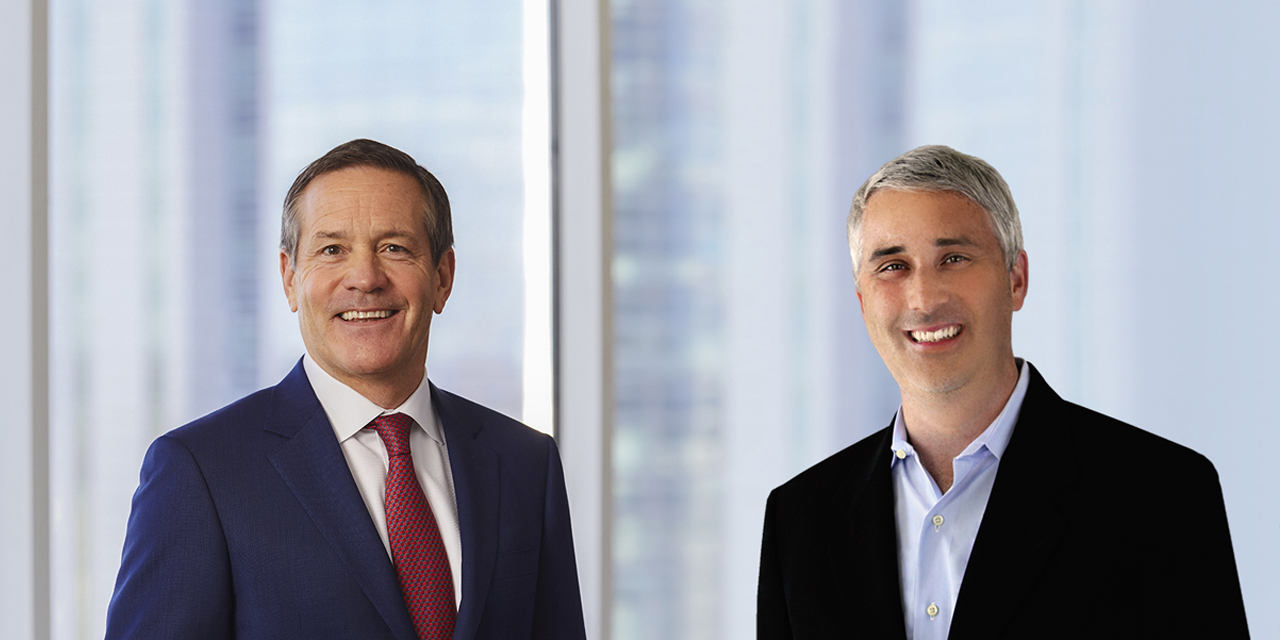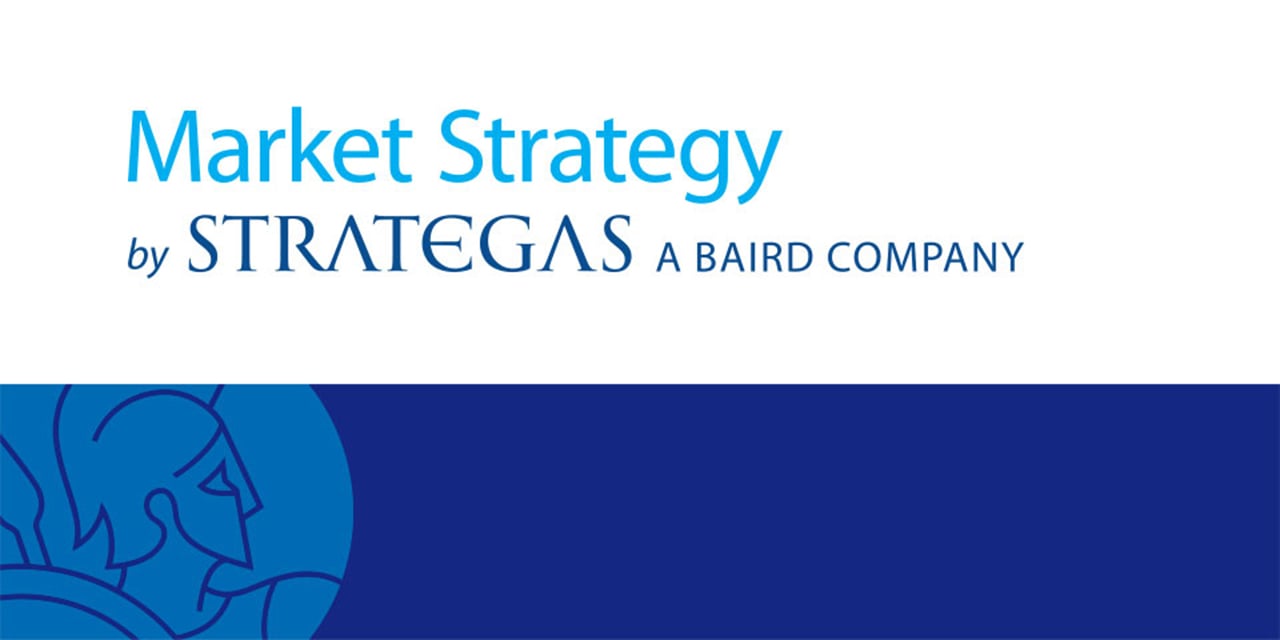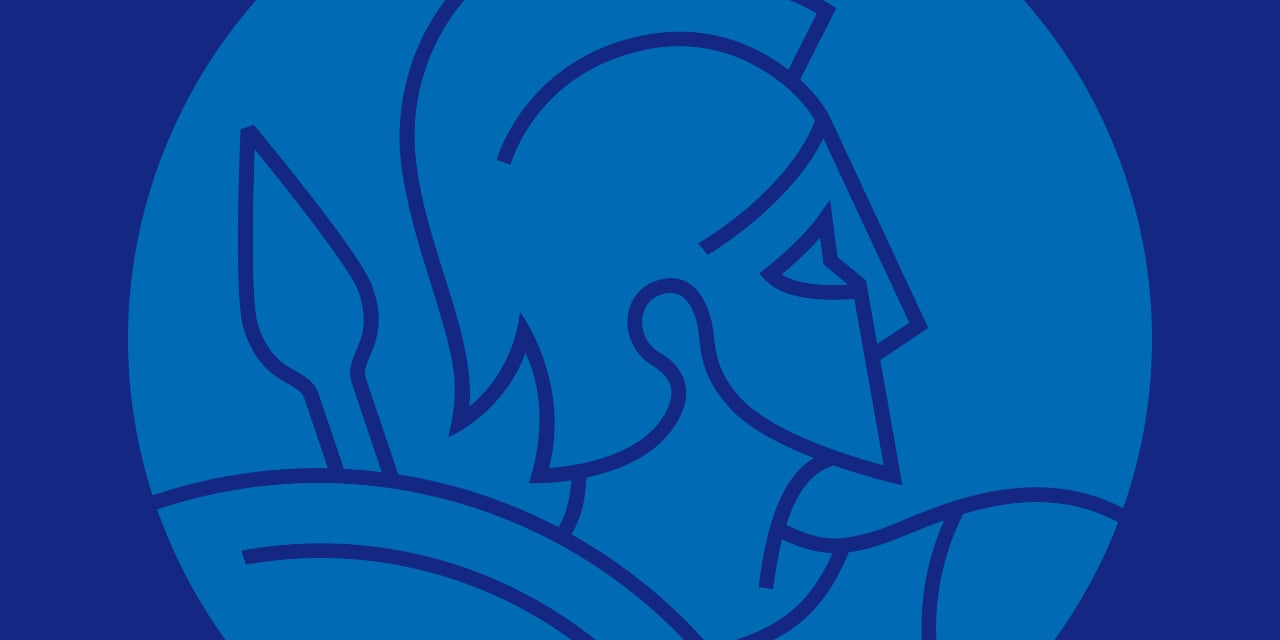
What Did We Learn?
Mike:
John, it’s been a crazy year. Between the pandemic, the election and the stock market, I can honestly say whatever “non-gray” hair I had left is gone, poof. You and I had a great year of back and forths, writing on things like ESG, optimism vs. pessimism and some of our favorite quotes. As the year winds down, I thought it would be a good exercise to convey to our readers what we’ve learned from this turbulent moment. What priors did you have confirmed? What did you think was true that turned out not to be? What wisdom did you gain from such trying times?
I’ll start:
Literally anything can happen – history is not a guide to be used in the moment
When the market crashed in March, I looked into the past for some idea of how bad things could get. 2008 came into focus because that was a horrible, scary moment no one expected. I asked myself, “The market dropped 50% back then – why wouldn’t it do something similar now? This seems way worse.” It turns out the market bottomed down 30% on March 23 and made a new all-time high just 163 days later. The scariest selloff since the Great Depression lasted a grand total of 33 days.
We need to understand the lessons history whispers to us, but we cannot use them as a guide to the future. When each and every market event is unique, you have to expect the unexpected.
John:
Exactly, Mike. Which is why investors should always diversify across asset classes and security holdings in a way that mitigates downside risk under a wide range of circumstances. For me, this past year reconfirmed in dramatic fashion what has been true of every crisis in my lifetime:
We will get through this. The end of the world only comes once, and this isn’t it.
What that means for investors is two things. First, build a margin of safety into your wealth planning. In particular, have enough in cash and liquid reserves that you can wait out the crisis and get to the other side.
Second, trust your plan. If you’ve carefully thought about and aligned your asset allocation with your risk tolerance, the worst thing you can do is panic and make changes based on the emotions of the moment. The best thing you can do is hang in there and rebalance to your targets as different investments become cheap or expensive.
Mike:
To build on what you just said, John, I want our readers to dwell on this:
What you do when the world falls apart determines your success as an investor.
If you remember just one thing from this year, one thing, I want it to be that statement. There isn’t a single person on the planet who knows where the market is going in the future. No one. Nobody predicted a stock market crash in 2020, just like they didn’t predict any of the previous ones either. Here’s a secret: you don’t have to know what the future holds to be successful at investing – but you must survive the selloffs to compound your wealth.
Big picture: Being a successful investor means adopting the mindset of “I want to benefit from the long-term growth of not only our economy and stock market but of humanity itself.”
John:
You set me up for the perfect year-end close. I dedicated my first book, Stewardship, to “individual investors … and their faith in a better future.” Because if you think about it, investing is fundamentally an optimistic act. To put your hard-earned savings into stocks, bonds, mutual funds, ETFs, private equity or venture capital – instead of stuffing it under a mattress – requires at some level a belief that the future will be better than today.
The capital from those long-term investments is what the private, public and not-for-profit sectors of society depend on to create the future. Investing is the fuel we rely on for achieving social goals.
Warren Buffett once said, “It’s never paid to bet against America.” You could just as easily say, “It’s never paid to bet against humanity.” Which is something we certainly learned again this year.
Happy Holidays to all our readers.
The information offered is provided to you for informational purposes only. Robert W. Baird & Co. Incorporated is not a legal or tax services provider and you are strongly encouraged to seek the advice of the appropriate professional advisors before taking any action. The information reflected on this page are Baird expert opinions today and are subject to change. The information provided here has not taken into consideration the investment goals or needs of any specific investor and investors should not make any investment decisions based solely on this information. Past performance is not a guarantee of future results. All investments have some level of risk, and investors have different time horizons, goals and risk tolerances, so speak to your Baird Financial Advisor before taking action.


